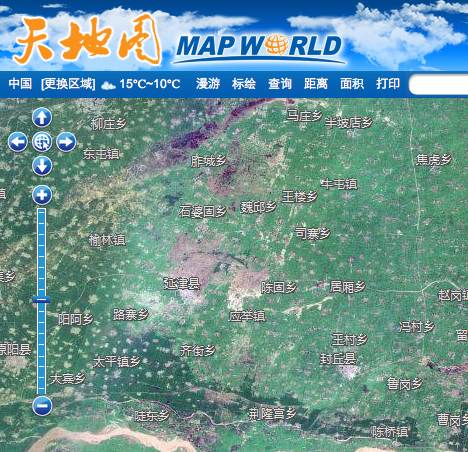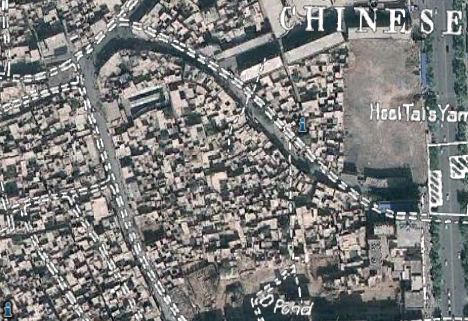The tech news channel of the Chinese portal Sina.com.cn today carries a news update on the legal status in China of ditu.google.cn, the version of Google Maps intended for mainland Chinese users. The original is here; I used the occasionally hilarious Google translation.
In short, things are still not looking up for Google. Sina’s article references government sources who state that Google will definitely not get its license by the end of the year, when China’s laws on internet mapping will begin being enforced in earnest. The implication is that the site will thenceforth be blocked in China.
The proffered reasons are two-fold:
1. The mapping server must be located in China, and the server’s IP address must be shared with the government. The article implies this is not currently the case.
2. Organizations providing web-based maps in China must be joint ventures. Google’s operations in China are not.
The first reason is a bit puzzling: The IP address for ditu.google.cn is listed as being 203.208.39.99, which is in Beijing. Still, it’s possible this is the Chinese node of a relay connecting a server physically located in the US. Perhaps the IP address of the originating “server” is opaque for technical reasons — for example, it might be a service distributed across Google’s many server farms — in which case providing a single public IP address to the Chinese government isn’t possible. But I’m speculating.
Note that the above objections do not mention map borders that are not in accordance with Chinese law or the presence on the maps of unvetted user-generated content. That’s because ditu.google.cn’s map borders have long complied with Chinese law, while the site eschews any and all user-generated features, in order to avoid having to censor them.
It’s also possible that this article is a negotiating ploy — making sure the government’s demands are stated publicly so it is clear they are not negotiable. In that case, the intention is still to get Google to form a joint venture and host its Chinese map server on Chinese soil. If plans are not already afoot to make this happen, it is unlikely to be ready by January 2011.
I’ve previously argued that the continued existence of ditu.google.cn is inconsistent with Google’s decision to stop censoring its search services in China, and that the service should be killed off. One way to do so would be for Google not to comply with these new regulatory demands. And that seems indeed to be Google’s current path.
Sina’s article mentions that Microsoft is also not on the list of approved web mapping licensees, for its Chinese version of Bing Maps (at cn.bing.com/ditu). That mapping service does not have the ubiquity of Google Maps, however — for example as the default service for the iPad and iPhone, which are proving wildly popular in China. iPhones sold in China have their default map app locked to ditu.google.cn. What happens if that site is no longer available in China?
It’s not a stretch to infer that the hardening of web mapping regulations in China is coordinated with the timely launch of Map World, a robust government-run web mapping service. Can’t get Google Maps anymore in China in 2011? There will be Map World — just don’t hold out any hope for an API so that you can add user-generated content on your own website. In China, neogeography is not an approved pursuit.
(It will be interesting to see what happens to Google Earth’s accessibility in China in 2011.)



 Starting in 2006, The Canadian Eric Enno Tamm retraced the steps of an expedition undertaken exactly 100 years earlier by the Finnish soldier and spy Gustaf Mannerheim, from Russia to Peking via the Silk Road. The result of Tamm’s trek is a newly released book, part travelogue and part history, that examines how China has (and hasn’t) changed in the intervening century. It’s called
Starting in 2006, The Canadian Eric Enno Tamm retraced the steps of an expedition undertaken exactly 100 years earlier by the Finnish soldier and spy Gustaf Mannerheim, from Russia to Peking via the Silk Road. The result of Tamm’s trek is a newly released book, part travelogue and part history, that examines how China has (and hasn’t) changed in the intervening century. It’s called 
